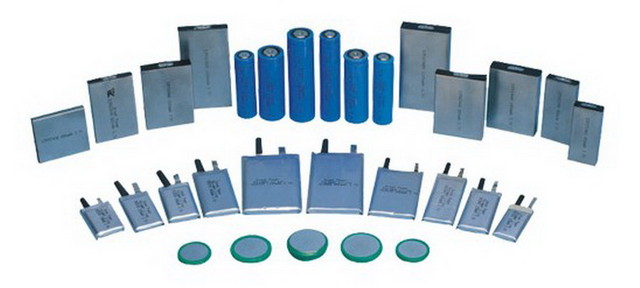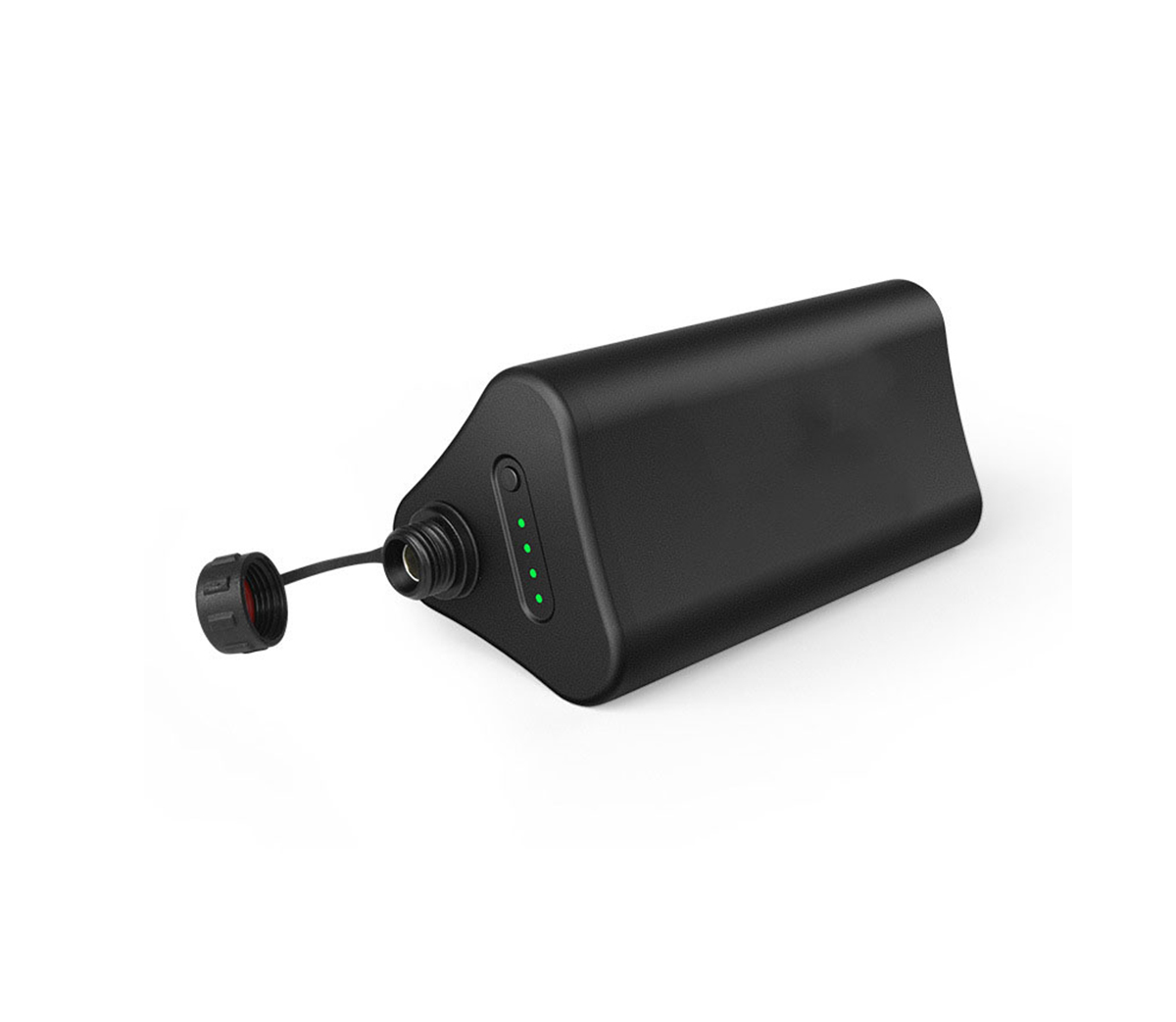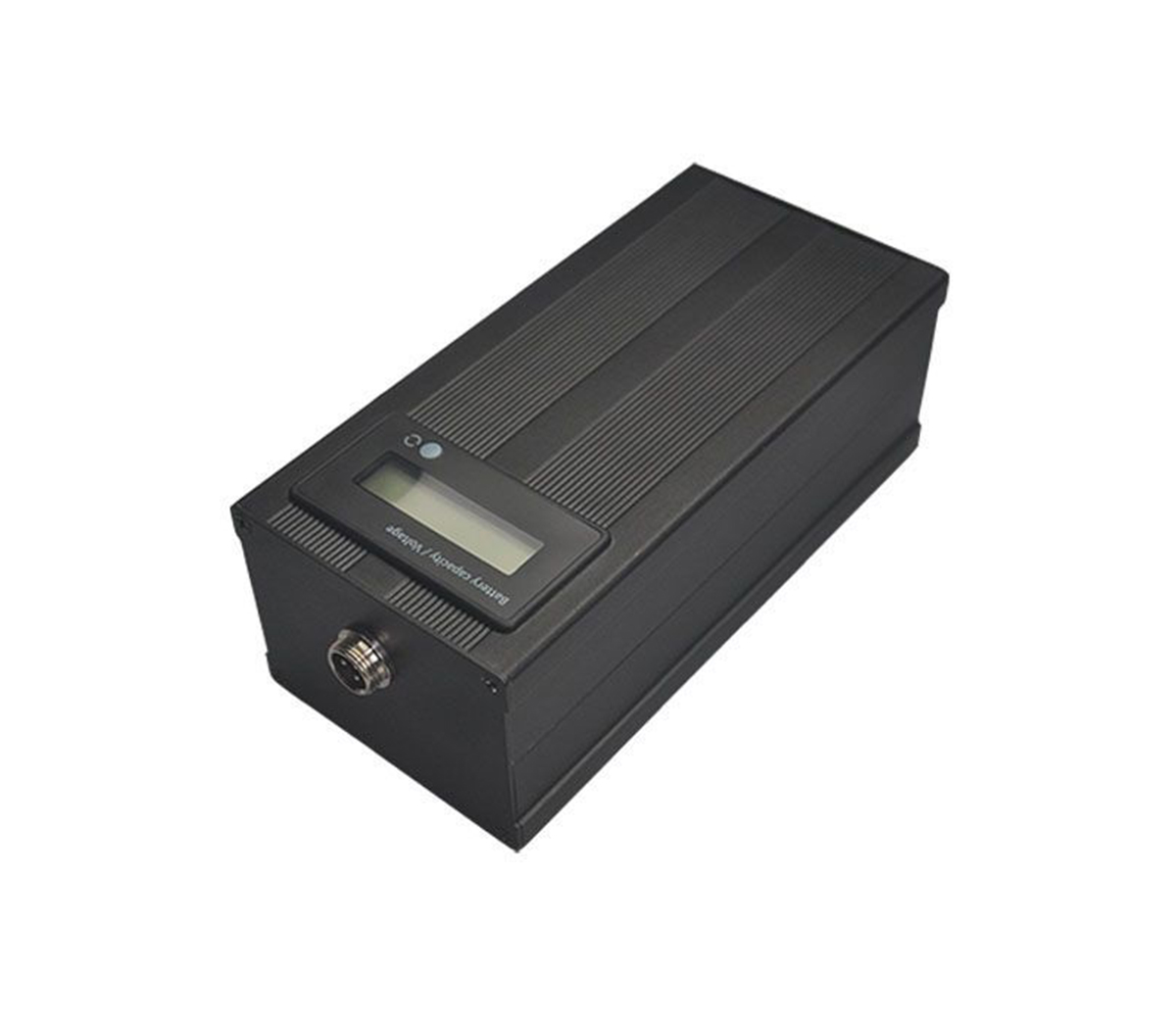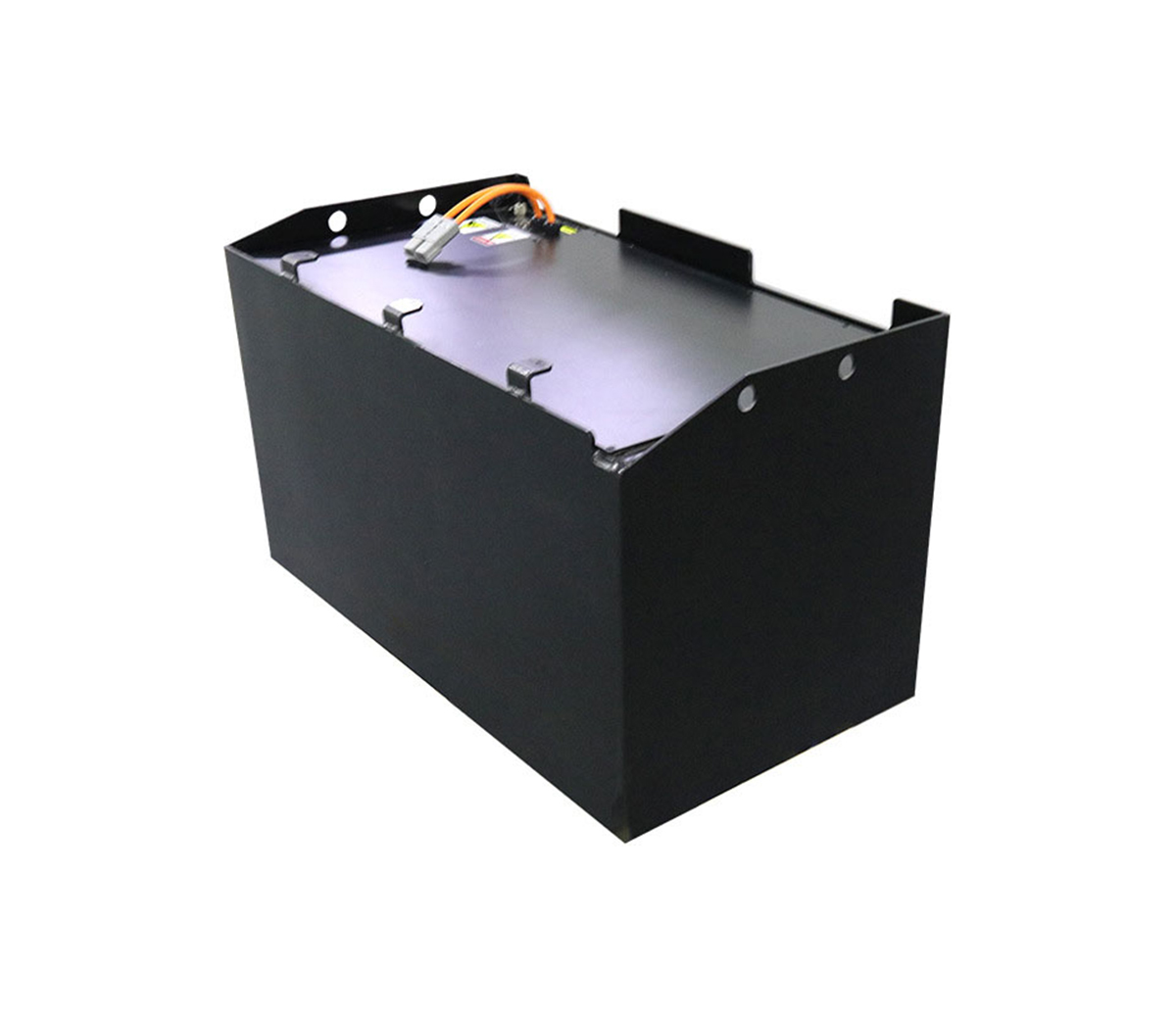
The achievements of these forward-looking technologies are still far from
industrialization. Of course, this is not to say that the research of domestic
experts is out of industrialization, but that the lithium battery itself is
still far away from the next-generation battery technology.
But what I want to emphasize is that the achievements of these
forward-looking technologies are still a long way from industrialization. Of
course, this is not to say that the research of domestic experts is out of
industrialization, but that the lithium battery itself is still far away from
the next-generation battery technology.
The current domestic consensus is to achieve 300wh/kg through high nickel
ternary anodes and silicon carbon anodes in the near future; mid-term (2025) is
based on lithium-rich manganese-based/high-capacity Si-C anodes to achieve
400wh/kg for monomers; long-term It is to develop lithium-sulfur and lithium-air
batteries to achieve a specific energy of 500wh/kg.
Among them, the recent high-nickel ternary/silicon-carbon anode system
actually already exists. Silicon-carbon anode materials and 811 ternary cathode
materials have even formed a certain industrial scale, but in practical
applications, there is no domestic car company The electric vehicles that
produce the batteries of this system, let alone become large-scale.
That is to say, in the "consensus" of domestic experts, the goals of
300wh/kg, 400wh/kg, and 500wh/kg are to be achieved, not to be applied on a
large scale. Therefore, the lithium battery technology predictions frequently
reported by the media and forums will give consumers another discount.
In fact, most of the power batteries of electric vehicles currently running
on the road are still the 523 ternary system that appeared many years ago.
Therefore, from the application side, the most imminent improvement is not the
innovation of lithium batteries (it is useless), but how to make the most of the
power batteries of the current system.
But then again, in the long run, lithium batteries are forward-looking
Technology is directly related to whether the domestic new energy industry
can achieve corner overtaking, because even if automatic driving is realized,
the importance of the power system will still not change.
Let’s take a look at the new technologies and major events in the lithium
battery industry this week.
1. Low-cost carbon-based electrocatalysts greatly increase the energy
density of fuel cells
According to foreign media reports, the research team of the University of
Surrey and Queen Mary University of London produced low-cost carbon-based
electrocatalysts, which can be used in anion exchange membrane fuel cells. This
catalyst helps increase the energy density of fuel cells. To 703mW/cm2. In
contrast, the energy density in this field earlier was only 50mW/cm2.
This type of catalyst uses cheap halloysite as a template, and uses urea
and furfural as its nitrogen source and carbon source, respectively. Furfural is
an organic chemical that can be made from oats, wheat bran or sawdust. Then, the
above-mentioned material is processed into black fine powder and used as a
nitrogen-doped carbon electrocatalyst.
Comment: Fuel cell catalysts have always been the focus of research in the
field of fuel cells. After all, the cost of platinum electrodes is too high, and
the low power of fuel cells criticized by many people is also due to the cost
reduction and the reduction of platinum consumption (fuel cell power density can
be achieved through platinum electrodes. Linear stacking). For the real
large-scale application of fuel cells, new catalysts are indispensable. In
addition, life is also a major constraint on fuel cells. However, looking at the
research, the new catalyst raw materials are all derived from crops, and there
is an unreliable local flavor (think of those reports that the use of crops to
study lithium batteries ended up without problems).
2. New technology enables lithium batteries to "rejuvenate"
Citing Straitstimes news, R&D personnel at Nanyang Technological
University in Singapore have realized 95% of the available capacity of lithium
batteries in 10 hours by adding battery electrodes. Specifically, the new
technology uses new electrodes to remove "impurities" that affect battery
performance, so that battery performance can be restored.
If this technology can be commercialized, it will bring great benefits to
the electric vehicle industry. At present, the number of cycles of lithium
batteries for electric vehicles is still unsatisfactory. After several years of
actual use, the battery capacity loss is quite large, and the cost of replacing
the batteries has caused a sharp increase in the cost of vehicle use. The new
battery repair technology can greatly reduce the frequency of battery
replacement and improve the performance and cost-effectiveness of electric
vehicles.
Comment: In fact, the author can't imagine the principle at all. Adding
pole pieces can remove battery impurities within 10 hours and restore 95% of the
battery's capacity. It's as if someone suddenly came over and said that he had
hybridized a kind of rice that could get rid of impurities in the human body one
month after eating, so that 60-year-olds can rejuvenate to 30 years old. In
fact, the process of lithium battery capacity decay is a process in which small
deviations continue to accumulate. Then it is easy to go back to the past, and
there is probably only one way to brag.
3, the new anode material can achieve 300 charge and discharge in 2
minutes
The Korea Institute of Science and Technology announced that the institute
and Seoul University have used lithium-rich manganese nickel cobalt manganese
oxide (LMR) materials to produce a new type of anode material that can overcome
surface heating. This technology can improve the performance of electric vehicle
batteries. The research results were published in the international academic
journal Nano Letters (NanoLetters).
LMR material has higher energy density and stronger safety than other anode
materials, but during charging and discharging, the crystal structure will be
unstable. This phenomenon mainly occurs on the surface of anode material
particles, which has limitations in commercial applications. Korean technology
keeps the surface of the LMR anode material stable, thereby forming a surface
structure that quickly conveys lithium ions, suppressing the heating of the
material, and the manufacturing process is simple and convenient.
The research results show that the new material maintains its original
characteristics when it undergoes more than 300 high-speed charging and
discharging within 2 minutes. This technology can shorten the charging time and
increase the driving distance. At the same time, the anode material synthesis
method and improvement scheme can be applied to the next generation of electric
vehicles and medium and large energy storage systems.



































